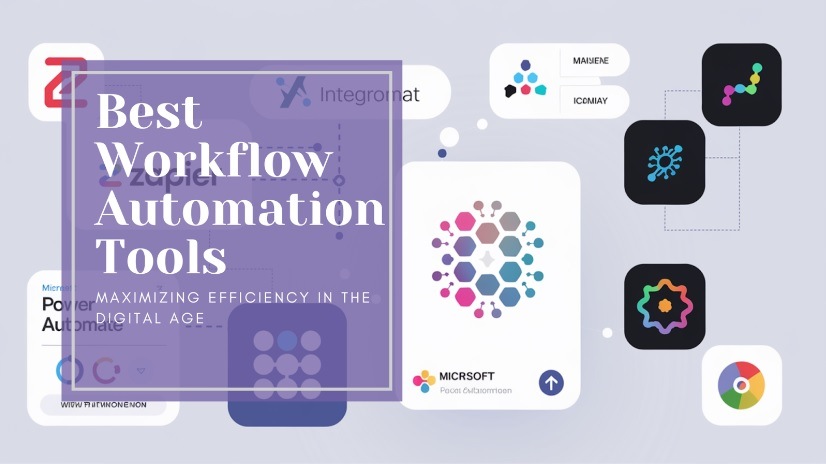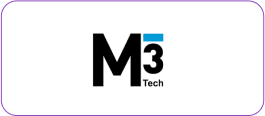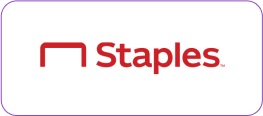Top Workflow Automation Tools: Maximizing Efficiency
In today’s fast-paced digital world, efficiency is essential. One of the best ways to be more efficient is by using workflow automation tools. These tools handle repetitive tasks, reducing errors and helping people get more done. By using automation software, businesses can make their processes easier, improve teamwork, and build a path to long-term success.
Tools like Make and Appy Pie Automate are good examples. They offer simple visual platforms for creating and managing workflows. Other tools like Zapier and ClickUp connect with many apps, making tasks automatic and data flow smoothly. With these tools, businesses can be more organized, efficient, and user-friendly.
Whether managing projects or working with a team, these tools are valuable. They organize tasks and cut down on manual data entry. In this guide, we’ll explore the best workflow automation tools to help you work smarter in the digital age.
What is Workflow Automation?
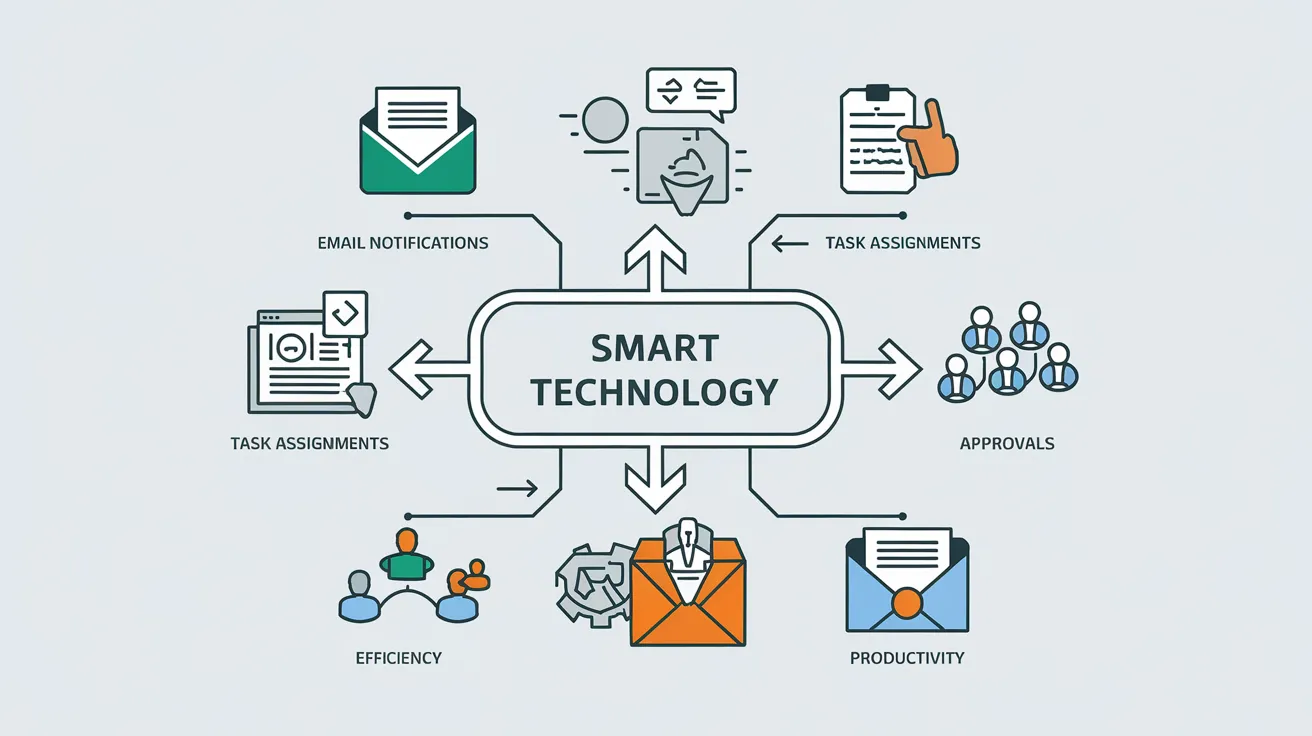
Workflow automation has changed how businesses work in today’s digital world. By automating repetitive tasks, automation workflow tools help reduce human errors, boost productivity, and improve teamwork. According to Capterra, workflow automation software is designed to simplify business tasks like data entry, document routing, and approvals based on preset rules. This not only saves time but also ensures tasks are completed quickly and accurately.
For example, tools like Zapier and Automate.io let users create custom workflows without advanced coding skills, linking different apps seamlessly. These platforms offer large libraries of pre-built integrations, making it easy to automate many types of workflows and improve efficiency. With visual workflow builders and drag-and-drop options, project managers can set up and adjust workflows without a lot of manual data entry or paperwork.
Workflow automation software also provides real-time analytics and reporting, allowing businesses to monitor performance and spot any delays. This transparency improves communication and keeps everyone informed, even in remote or spread-out teams. By using these tools, businesses can work together better, reduce manual work, and focus on important tasks, leading to long-term success.
In short, workflow automation is essential in modern business. It boosts productivity, reduces mistakes, and strengthens team collaboration. By using top workflow automation tools, businesses can simplify operations, automate repetitive tasks, and work more efficiently in today’s digital world.
The Best Workflow Automation Tools Out There
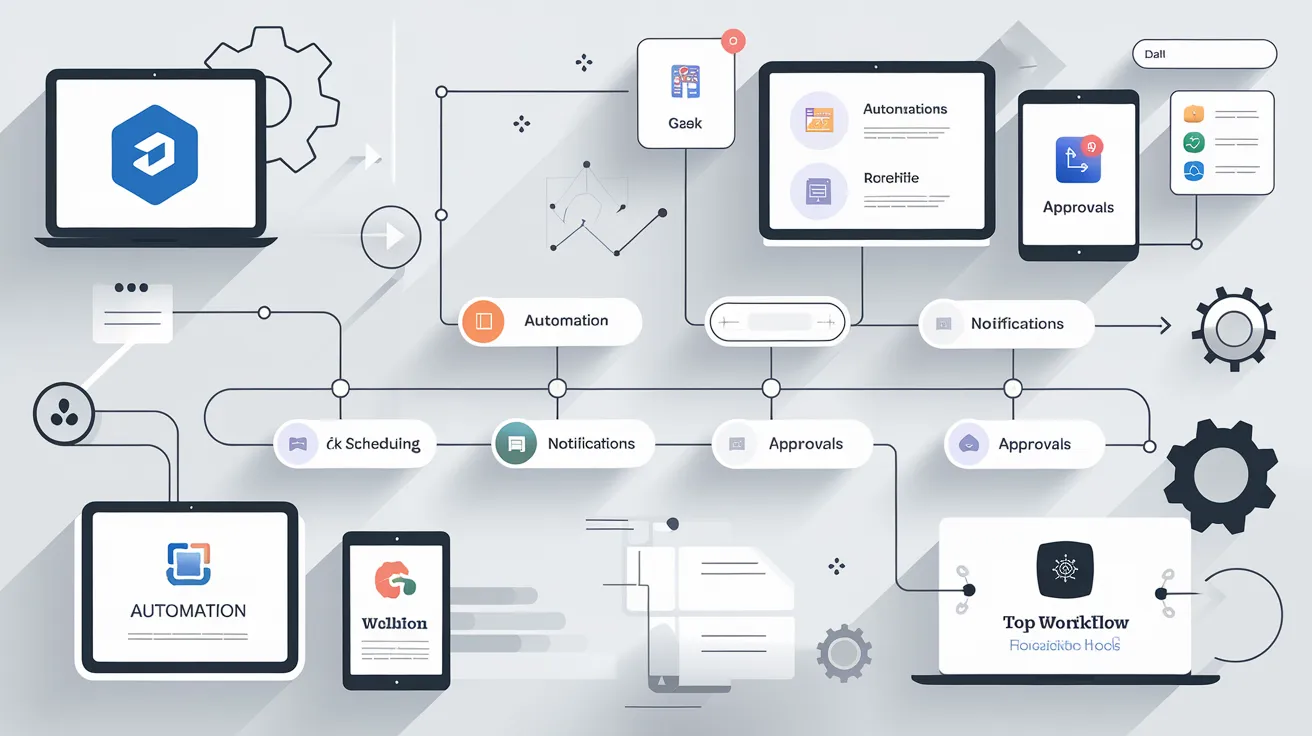
In today’s fast-paced digital age, workflow automation has become an essential tool for businesses looking to maximize efficiency and reduce the risk of human error. With the best workflow automation tools, project managers can streamline tasks, improve collaboration, and enhance productivity. Here are some of the top workflow automation tools available in the market, each offering unique features and functionalities to cater to different business needs.
Hive
Hive is a leading project management program that offers built-in automation solutions to help teams work faster. Hive’s Hive Automate feature allows users to connect, integrate, and build automated workflows across thousands of work apps, making it easier to manage tasks and collaborate with colleagues regardless of the tools they use. Another powerful option is HubSpot, a well-known CRM platform that offers a wide range of automation workflow tools for email marketing, sales funnel templates, and customer service. HubSpot’s visual editor makes it easy to create email workflows for customers, contacts, or prospective clients, ensuring that every step of the user journey is automated and tracked, leveraging the best workflow automation software.
Keap
For small businesses with less than 25 employees, Keap is an excellent choice. Formerly known as Infusionsoft, Keap is an all-in-one sales, CRM, and marketing automation platform that integrates with other applications like Salesforce and Google Apps. It offers all the features needed to automate the sales process, from lead capturing and contact management to email marketing and automation.
Zapier
Another highly versatile tool is Zapier, an integration platform that automatically moves information between online tools. By using Zapier’s “Zaps,” users can choose one app as the trigger and send information automatically to another app, saving time and energy for more important tasks. With over 500 app integrations, Zapier is a great way to speed up workflows and connect apps that otherwise wouldn’t be possible.
Airtable
For teams looking for a low-code platform to track workflow and build collaborative apps, Airtable is an excellent solution. Airtable integrates with popular tools like Google Workspace, Slack, Facebook, and Twitter, offering pre-made templates that make onboarding easier. Its interface allows for real-time collaboration with grid-like views, Kanban boards, Gantt charts, and calendar views.
Matter
Next Matter is another automation-oriented workflow management solution designed to help scale businesses. It provides task and process customization features, along with intelligent technical support for integration purposes. Next Matter allows users to automate tasks and streamline work processes without needing to code or hire developers, using automation workflow tools that simplify complex workflows.
Nintex
Nintex is a leading workflow management software that simplifies and streamlines business processes across organizations. It offers intuitive tools for process mapping, automation, and optimization, allowing teams to automate tasks and workflows without extensive coding knowledge. Nintex seamlessly integrates with SharePoint, Office 365, Salesforce, and other platforms, facilitating collaboration and data exchange
Process Street
Process Street is one of the best workflow automation tools that makes recurring procedures and checklists easier to handle. Businesses can use Process Street to track work processes using checklists and commit zero errors in task allocation, monitoring, and tracking. It also offers custom permissions, automation, and reporting features to achieve more than anticipated.
ClickUp
ClickUp helps busy teams focus on what matters most by automating over 50 actions. It allows users to easily manage different areas of their business, from automatically assigning tasks and posting comments to moving statuses. ClickUp integrates with CRM systems to provide personalized customer service and offers 100+ pre-built automation to manage projects.
Automate.io
Automate.io is another tool that allows users to create customized automation-led workflows and speed up process management systems. It integrates with a variety of products that professionals use daily, including CRM and lead generation software. With over 200 connector applications and APIs, Automate.io helps build efficient workflows connecting multiple applications, logic, and formats.
Lastly
Lastly, Make is the best workflow automation software with strong visual capabilities that help design powerful workflows. It allows marketing teams to automate lead generation, HR teams to hire candidates faster, and operations teams to run everything smoothly. Make provides thousands of free workflow automation templates and offers an excellent design and intuitive interface.
The best workflow automation tools available today offer a wide range of functionalities to cater to different business needs. From Hive’s built-in automation solutions to Zapier’s seamless task automation, each tool provides unique features that can help businesses streamline tasks, improve collaboration, and enhance productivity. By leveraging these automation workflow tools, businesses can reduce the risk of human error, improve efficiency, and achieve long-term success in the digital age.
Why You Need Automation in Your Life
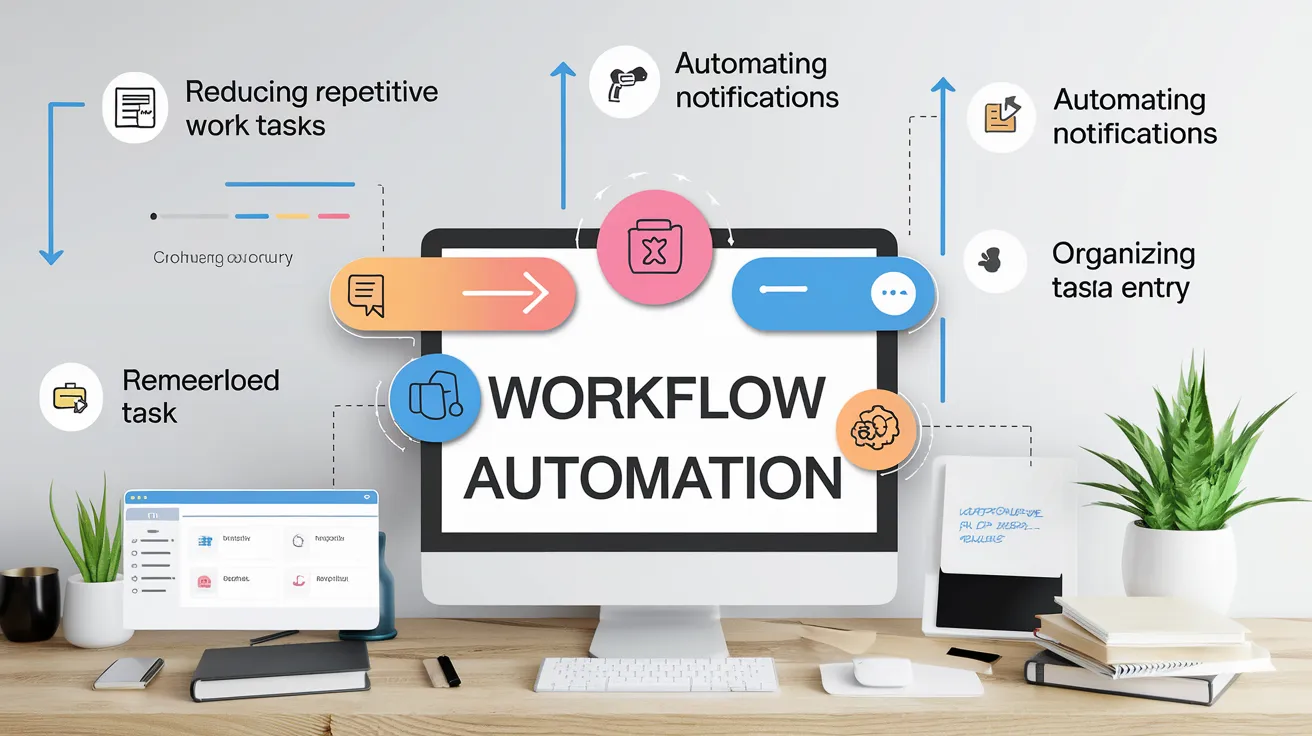
In today’s busy digital world, workflow automation is essential for businesses. It helps them work better and stay competitive. According to Capterra, the best workflow automation software improves teamwork and communication. It centralizes discussions and shows the order of tasks. This clarity helps everyone understand their roles, even when working remotely. Automating repetitive tasks can reduce mistakes and save time, which is crucial for long-term success.
For example, HubSpot CRM offers strong automation tools, making it one of the best workflow automation tools. It makes workflows smoother and boosts productivity. With its visual editor, users can easily create email workflows, making it easier to reach out to customers and potential clients. Similarly, Zapier allows users to connect different apps and automate tasks. It saves time by handling repetitive actions across platforms. This ability to integrate apps is key for businesses that want to work efficiently.
Tools like Zoho CRM and Monday Sales CRM also offer powerful automation features. They work well for businesses of all sizes. These platforms connect easily with other tools and apps, improving business processes. By automating tasks like data entry, document routing, and approvals, companies can reduce manual work and improve accuracy. This is especially useful for project managers who handle many tasks and need to meet deadlines.
Adding workflow automation to your business plan is important. It boosts productivity, reduces errors, and improves teamwork. Using the best workflow automation tools helps businesses streamline operations and automate tasks, leading to better results over time. Tools like HubSpot, Zapier, and Zoho CRM show clear benefits: better collaboration, less manual work, and a more efficient management system, all through the power of automation workflow tools.
So, why not start automating your workflows today? These tools can have a positive impact on your business!
Real-Life Examples of Automation Magic
In the digital age, workflow automation tools have changed how businesses operate. They greatly enhance efficiency and productivity. Let’s look at some real-life examples to see how automation works.
Zapier is an integration platform that automates repetitive tasks. It connects various online tools. Users can create “Zaps” to automate information transfer between apps. This saves time and energy for more important work. According to Zapier, users can get 100 automations for free each month. This makes it an excellent option for small businesses and teams.
Another example is Hive, a project management program with built-in automation. Hive’s Hive Automate feature lets users connect thousands of work apps. This streamlines daily tasks and boosts team collaboration. Big companies like Google, Starbucks, and Toyota use Hive to improve their workflows.
Process Street is another powerful tool for workflow automation. It helps businesses track work processes with checklists. This ensures there are no errors in task allocation and monitoring. By automating these tasks, project managers can save a lot of time. They can then focus on planning and making decisions.
Nintex is a top workflow management software that simplifies procedures across many industries. It connects cloud workflows, on-premise networks, and mobile users. This makes it ideal for businesses wanting to enhance their content management systems and teamwork using the best workflow automation tools.
Next Matter is designed for scaling businesses with its automation features. It allows users to customize tasks and processes easily, even without coding skills. Next Matter sends notifications about task updates to platforms like Gmail and Slack. This ensures smooth communication and task management, all powered by automation workflow tools.
These examples show how workflow automation can reduce errors, improve teamwork, and boost productivity. By automating repetitive tasks, businesses can focus on important goals. This leads to better outcomes and less risk in the long run. Whether you use Zapier, Hive, Process Street, Nintex, or Next Matter, the benefits of workflow automation are clear. It’s a game-changer for any business wanting to work efficiently in the digital age.
Automation Showdown: Which Tool Reigns Supreme?
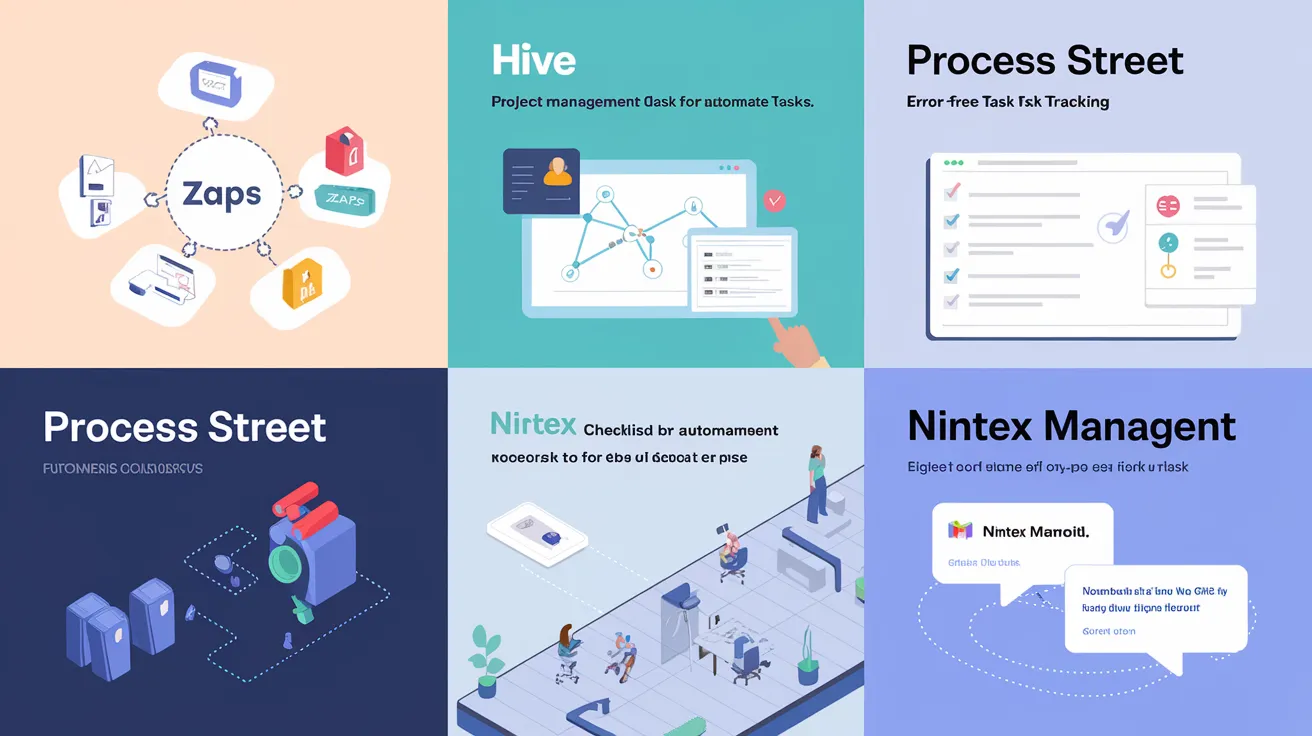
In the digital age, workflow automation is essential for businesses that want to work more efficiently. With so many tools available, it can be hard to choose the right one. The best workflow automation software offers a range of features that can transform business operations. Let’s explore the top contenders and see what makes each tool unique.
Zapier: The Integration King
Zapier is a versatile automation tool that connects with thousands of applications. It automates many workflows, making it a favorite among teams. Its user-friendly interface and library of pre-built integrations are huge benefits. You can create customizable workflows and set advanced schedules. This means tasks are done at the right time, which cuts down on human error and boosts productivity.
Nintex: The Workflow Simplifier
Nintex is another strong player in automation. It has easy-to-use tools for process mapping and optimization. This allows teams to improve business processes without needing much coding knowledge. Nintex works well with platforms like SharePoint and Office 365, making collaboration easier. Its advanced analytics help teams see how their processes are performing, so they can fix bottlenecks and streamline workflows using the best automation workflow tools.
Kissflow: The Beginner-Friendly Option
For teams with little coding experience, Kissflow is a great choice. Its drag-and-drop interface lets users design and customize workflows easily. This helps prevent confusion and chaos. Kissflow also offers pre-built reports, making it easy to access and act on workflow results. Plus, its ability to integrate with other tools using APIs adds to its usefulness in automating tasks.
Automation Anywhere: The Cognitive Automation Champion
Automation Anywhere brings automation to a new level with its cognitive features. Its bots can understand unstructured data and adapt to changing situations. The tool includes strong security measures like encryption to keep data safe. Automation Anywhere also integrates smoothly with ERP, CRM, and legacy applications, making it a complete solution for enterprise workflow automation.
Each of these tools has its strengths, catering to different business needs. Whether you want easy integration, simple workflow design, or advanced analytics, there’s a tool to help you automate tasks and improve teamwork. By using these automation tools, businesses can cut down on manual data entry, lower human error, and boost productivity in the long run.
Tips and Tricks for Making Automation Work
In today’s digital age, workflow automation tools are vital for boosting efficiency and cutting down on human error. These software solutions help businesses automate repetitive tasks, streamline processes, and improve teamwork. According to Zapier, a top automation platform, connecting different apps can greatly enhance productivity. For example, linking Asana with Google Calendar can automatically create new tasks, so project managers can stay organized without doing manual data entry.
One of the biggest advantages of workflow automation software is that it cuts down on manual data entry, which can take a lot of time. For instance, Filestage allows users to request approvals without sending emails. This saves time and helps manage workflows better. Tools like Nintex and Kissflow, among the best workflow automation tools, have user-friendly interfaces that make it easy to design and customize workflows. This means you can automate complex business processes without needing a lot of coding skills.
Automation tools also help improve collaboration. For example, Hive Automate connects different work apps, making it easier for teams to communicate and work together. This integration allows users to create automated workflows that can be managed from one place, reducing the need for multiple platforms and boosting overall efficiency with automation workflow tools.
Moreover, tools like Zapier and Automate.io offer large libraries of pre-built integrations. This lets users create customized automation workflows that fit their specific needs. These platforms also use AI and machine learning to suggest Zaps and automate tasks, making the process smooth and easy to use.
In conclusion, using the right best workflow automation software can greatly improve productivity and lower the risk of human error. By automating repetitive tasks and streamlining processes, businesses can achieve lasting efficiency gains. Whether you choose Zapier, Nintex, or Hive, it’s important to select a tool that integrates seamlessly with your existing management systems. This way, you’ll be on track to maximize efficiency and ensure smooth operations in the digital age.
The Future of Work: All About Automation
In today’s fast-paced digital world, workflow automation tools are essential for businesses that want to boost efficiency and cut down on manual work. These software solutions streamline repetitive tasks and enhance collaboration across different departments. According to Custify, some of the top workflow automation tools include:
Make: This tool offers a complete workflow automation solution with strong visual capabilities. It allows teams to automate lead generation, hiring processes, and operational tasks with ease.
Appy Pie Automate: Known for its code-free automation solutions, Appy Pie lets businesses automate tasks without technical skills. It integrates seamlessly with popular platforms like Salesforce, improving productivity.
Artwork Flow: This AI-driven workflow automation software helps streamline tasks and manage projects effectively. It notifies users when tasks are complete or ready for review, identifying any potential blockers. With high ratings on G2 (4.7/5) and Capterra (4.6/5), it’s praised for managing workflows smoothly.
For larger businesses, Onspring and Nintex stand out. Onspring minimizes the need for spreadsheets by automating functions and visualizing workflows easily. It helps teams create custom workflows from scratch, reducing manual checks. Nintex simplifies business processes by automating repetitive tasks, cutting down errors, and saving time. It integrates well with SharePoint, Office 365, and Salesforce, enhancing collaboration and data sharing using the best workflow automation software.
ClickUp is another flexible tool that helps busy teams focus on what matters. It automates over 50 actions, making it easy to manage different aspects of the business. With more than 100 pre-built automations, ClickUp allows users to set triggers for various actions, boosting productivity.
Zapier and Automate.io are also popular for workflow automation. Zapier connects various apps, allowing organizations to automate tasks and transfer data without needing coding skills. It provides customizable workflows with triggers and actions, perfect for complex processes. Automate.io lets users create tailored workflows and speeds up process management by integrating with different applications, including CRM and lead generation tools.
By using these workflow automation tools, businesses can greatly reduce human error, improve collaboration, and increase productivity. According to Cflow, these tools allow for highly customized workflows that operate efficiently. With visual builders and drag-and-drop interfaces, they save time and unlock new levels of productivity and innovation. This makes them vital for any business aiming to succeed in the digital age.
How Automation Can Save You Time
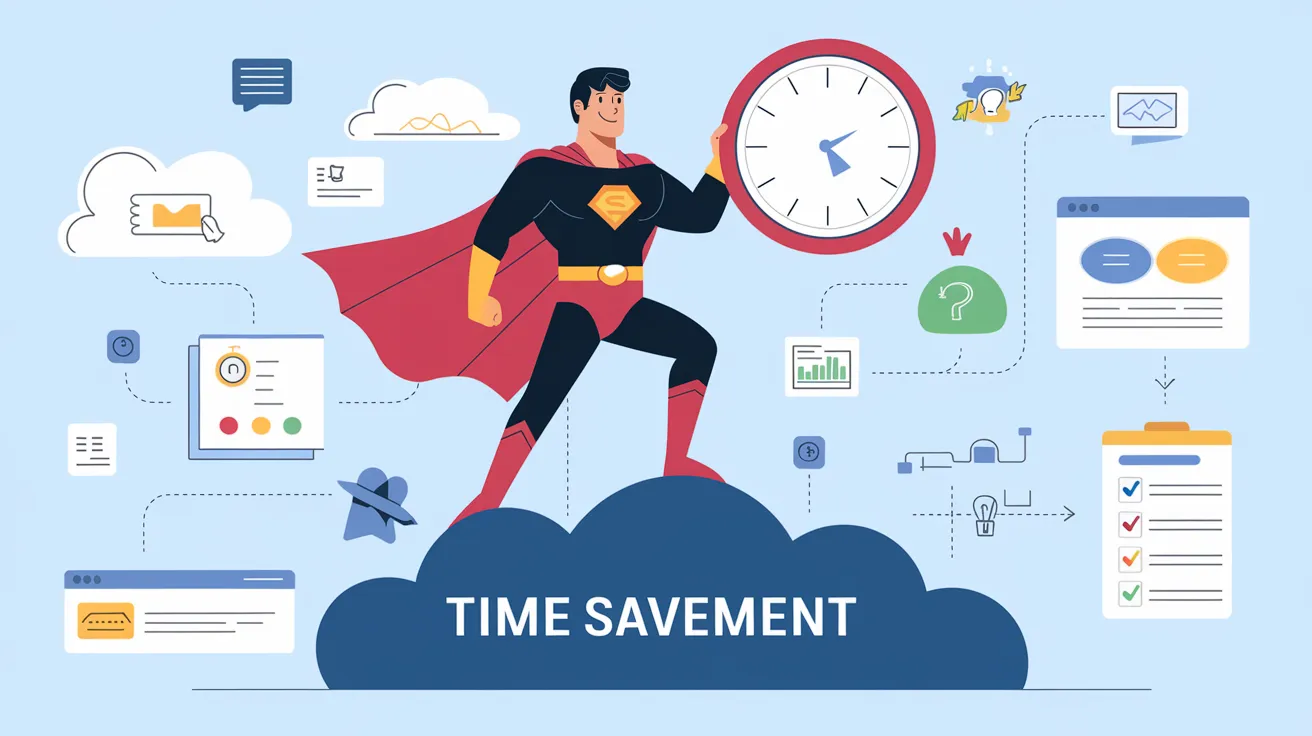
In today’s fast-paced digital landscape, automating repetitive tasks is essential for maximizing efficiency and minimizing human error. Research indicates that businesses employing best workflow automation tools can significantly decrease manual data entry, which often occupies a large portion of employees’ workloads. For example, Zapier, a widely-used automation tool, enables users to create customized workflows that link various applications without needing coding skills. This not only conserves time but also boosts productivity, allowing teams to concentrate on higher-value tasks.
Automation is particularly advantageous for project managers juggling multiple projects. Tools like Make and Kissflow provide user-friendly visual interfaces that simplify the design and automation of workflows, ensuring tasks are assigned and completed efficiently. Kissflow’s drag-and-drop feature, for instance, enables users to launch workflows quickly, cutting down the time spent on manual task management. Furthermore, Kissflow’s ability to integrate with APIs and other tools ensures smooth data merging, enhancing the overall automation experience.
Automation tools like HubSpot and Keap also play a vital role in managing customer relationships and automating sales processes. HubSpot offers robust reporting features that help businesses evaluate the effectiveness of their customer management strategies, fostering data-driven decision-making. Keap, formerly known as Infusionsoft, serves as an all-in-one sales, CRM, and marketing automation platform that integrates with applications like Salesforce and Google Apps, making it an excellent choice for small businesses aiming to streamline operations.
The advantages of automation go beyond saving time; they also foster better collaboration and decrease the likelihood of errors. For instance, ClickUp allows users to automate over 50 actions, such as task assignments and status updates, which enhances team collaboration and ensures everyone stays informed. Automating tasks also minimizes the need for manual intervention, a common source of delays and inefficiencies.
In conclusion, integrating effective best workflow automation software into your business operations can dramatically enhance efficiency and productivity. By utilizing tools like Zapier, Make, and Kissflow, organizations can automate repetitive tasks, reduce human error, and improve collaboration. This not only saves time but also empowers teams to focus on higher-value activities, ultimately driving long-term success in the digital era. To learn more about implementing these tools effectively, consider exploring resources such as Zapier’s extensive library of pre-built integrations and Kissflow’s intuitive drag-and-drop interface.
Conclusion
In conclusion, the best workflow automation tools are essential for maximizing efficiency in the digital age. By leveraging these software solutions, businesses can significantly reduce the risk of human error and improve collaboration among team members. For instance, tools like Zapier and Automate.io offer seamless integration with various applications, enabling the automation of repetitive tasks and streamlining business processes (Source: and). Next Matter and Nintex provide advanced customization options, allowing project managers to tailor workflows to their specific needs without requiring extensive coding knowledge (Source: and). Additionally, platforms like Hive and Airtable offer robust automation features, including the ability to create custom workflows and integrate with popular tools, thereby enhancing productivity and reducing manual data entry (Source: and). By adopting these automation tools, businesses can achieve long-term efficiency gains and improve their overall workflow management. Whether you’re automating routine tasks or enhancing team collaboration, the right workflow automation software can make all the difference in today’s fast-paced digital landscape.

